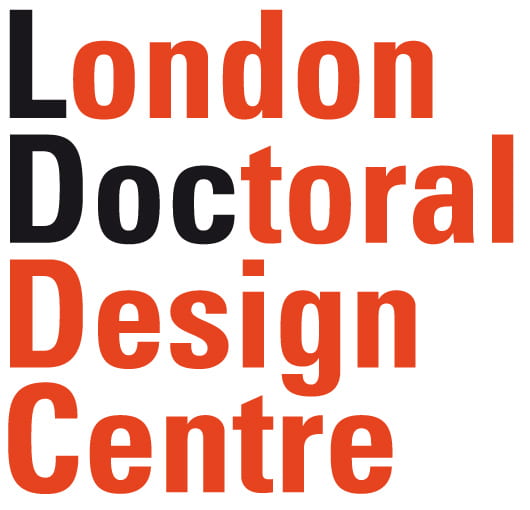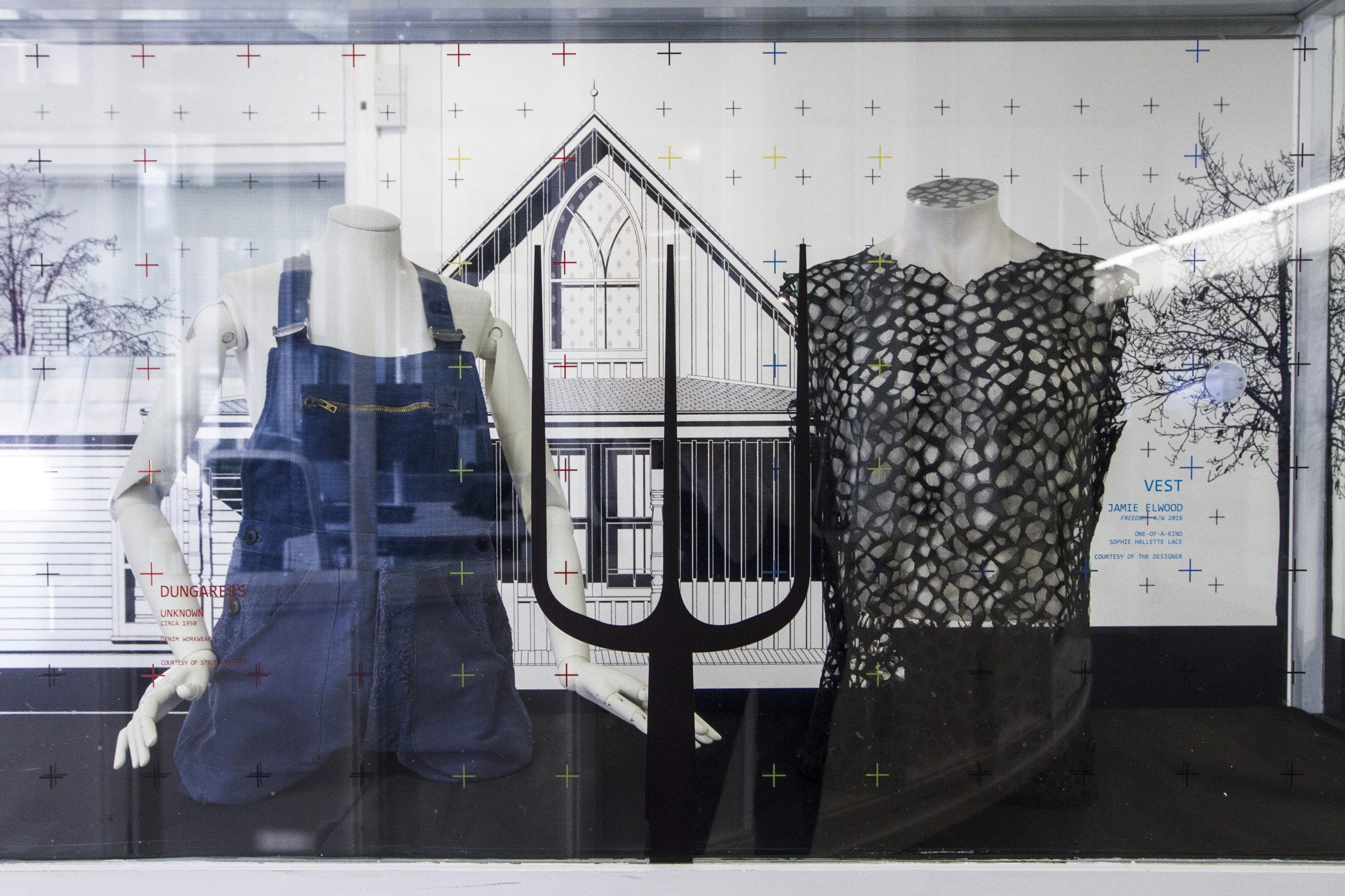[slideshow_deploy id=’1988′]
The research focuses on exhibition-making, with particular reference to the presentation and interpretation of gender-neutral fashion within the museum, or gallery context. The initial hypothesis is that conventional, binary gender-based curatorial approaches are inappropriate for the increasingly prevalent non-binary expressions of major contemporary fashion designers.
The museological attitude towards gender ranges from the traditional dichotomy between masculine and feminine, to the inclusion of non-binary gender as a secondary reference. Apart from the contemporary art exhibition Neutrality (2015), there have been few thematic exhibitions concerned with expressions of non-binary gender. Furthermore, an exhibition of fashion, and its extensive representation of the body, will be argued as the appropriate medium to negotiate non-binary gender expressions within the museum, or gallery, context. It is important to examine and consider the relationship between fashion exhibitions and gender-neutrality as a contemporary fashion phenomenon, as it is now estimated that 25% of the population may not identify with the gender binary (Asexual Visibility & Education Network, 2014).
The research will comprise a pilot exhibition, where strategies will be tested against audience perception and responses, and result in a written thesis and a practical exhibition proposal. Narrative, space, and installation will be argued as the primary methodological components that define the exhibition environment. Narrative refers to the exhibited garments, ephemera, images and texts, and their associations with gender. Space refers to the existing exhibition space and its perceived gendered architectonic attributes, and installation refers to the curatorial intervention that mediates between the two. Additional methodologies, proposed by exhibition-makers Judith Clark and Jeff Horsley, will provide the framework to develop and reflectively evaluate the thesis and final proposal. Ultimately, the research will propose and articulate new, gender-neutral museological and exhibition-making practices.

